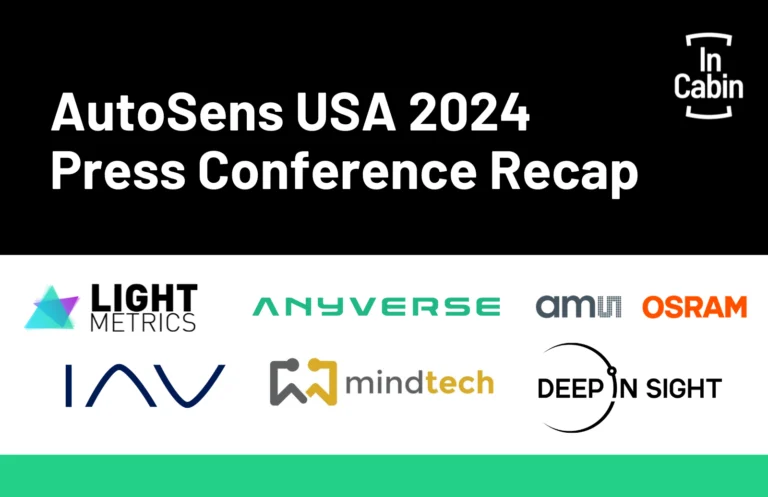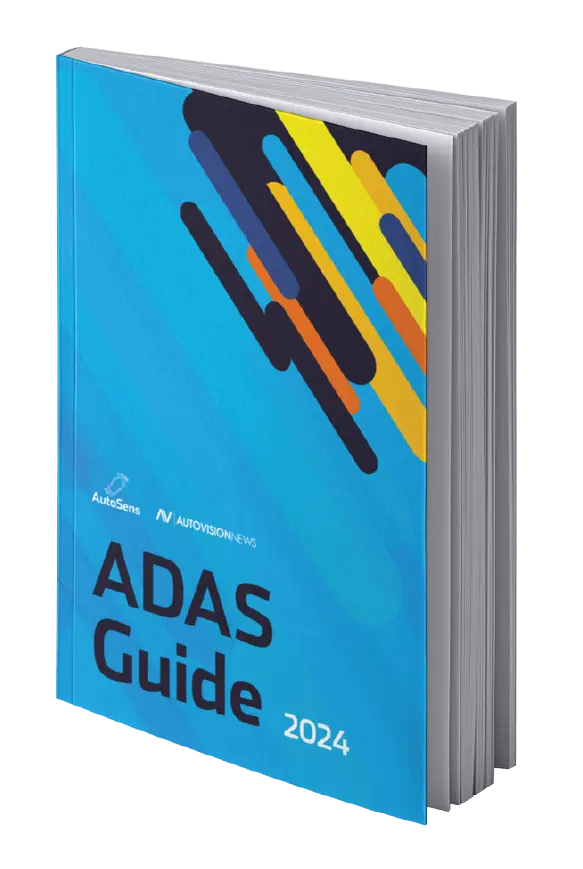
We catch up with Nathaniel Sladek, VP Strategy and Product Management at Marelli, for his views on the integration of digital twins into automotive interiors, focusing on functionality, benefits, and future possibilities. Don’t miss Nathaniel’s presentation on this topic at InCabin USA.
1. Can you share more about your journey in the automotive industry and your role at Marelli as VP Strategy and Product Management? How has your experience influenced your perspective on the integration of digital twins in automotive interiors?
While getting my MBA, I recruited heavily for automotive opportunities with different OEMs. In the end though, I started my post-military career on a different path taking first a job with Owens Corning, a building materials company, in corporate strategy. However, the pull to go into automotive remained and my journey in automotive started in 2018 when I was recruited to lead technical pre-sales for high precision positioning solution offer by Lear. Over a few years, I was promoted to leading strategy and product management for Lear’s low voltage electronics group. In late 2022, I was ready for the next challenge and was really excited to find an opportunity leading strategy and product management at the division level at Marelli, which is my current role. At this point in my career I find myself clearly passionate about product and thinking about how to maximize value for our customers and ultimately end consumers. One of the challenges we face is reducing cost and accelerating time to market for new products, especially with the rise of the China vehicle export market. Digital twins accomplish both of these goals through providing a virtual development environment that enables decoupling of hardware and software development. Ultimately this leads to much faster time to market at a lower cost without sacrificing process or performance.
2. Given Marelli’s focus on digital twin technology, how do you see the role of digital twins evolving in shaping the future of automotive interior design and functionality?
Digital twins will expand from ECU emulation to full HW/SW models. This would help to dramatically accelerate development time while reducing cost because many activities can be completed in a cloud environment. For interior design, a virtual representation of that interior can be created with true emulated functionality on the displays. This model can then be used in a VR environment to further test and refine different concepts without the need to create a physical mockup
3. What are some of the primary challenges that automakers and suppliers face when implementing digital twin technologies in automotive interiors? How is Marelli addressing these challenges?
The main challenge is availability of models for the underlying ECU components. The digital twin that Marelli launched in 2023 was enabled through a close collaboration between Marelli, AWS, QNX, and Qualcomm – each a critical player to create a digital twin of our cockpit solution. Going forward, silicon and software vendors in addition to offer physical version of their products need to also offer a digital twin version that could be used for cloud based development and test.
4. Could you highlight some specific benefits and innovative possibilities that digital twins bring to automotive interior development, from both a design and engineering standpoint?
Digital twins help to decouple HW from SW development and reduce the need for physical parts. Through this decoupling, SW development can start and continue up to a point without the need for any physical hardware. This helps to dramatically improve development time. Additionally, because effectively infinite version of that hardware is available in the cloud, fewer physical samples are needed for development and test activities. Some activities will always needed to be completed on physical hardware, but as virtual models improve, more and more can be done virtually.
5. As a speaker at the InCabin USA conference, what aspects of the event are you most excited about? Are there any specific discussions, themes, or networking opportunities related to digital twins in automotive interiors that you are looking forward to?
I love talking about products, market trends, and strategy. InCabin USa brings together a wide spectrum of companies – suppliers and OEMs, which I’m sure will yield some great conversations. I’m excited to talk about how Marelli is pushing the boundaries of what digital twins are able to do and talk with others how they are overcoming some the technical challenges we see. I think the two networking events will also allow for some nice 1on1 discussions where deeper insights can be gleaned.







